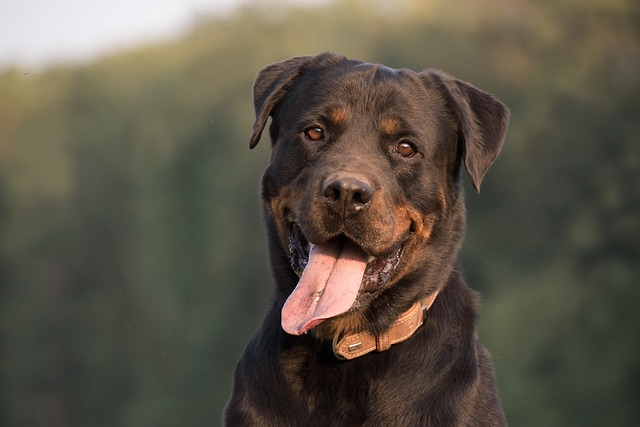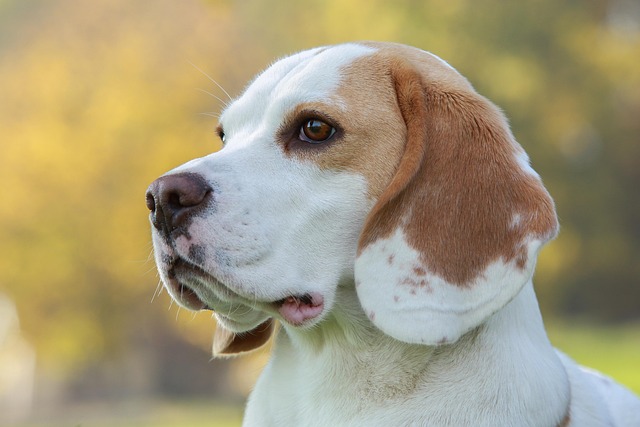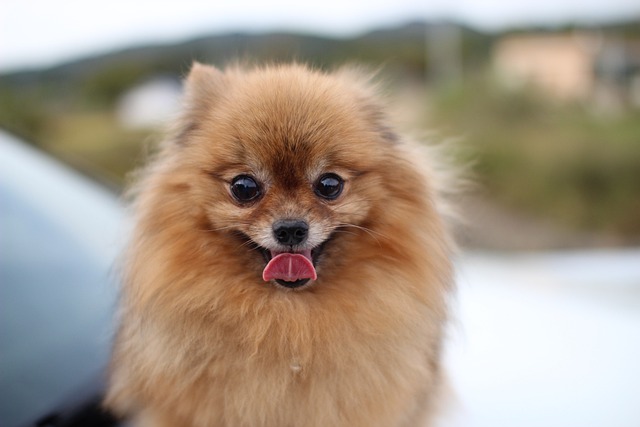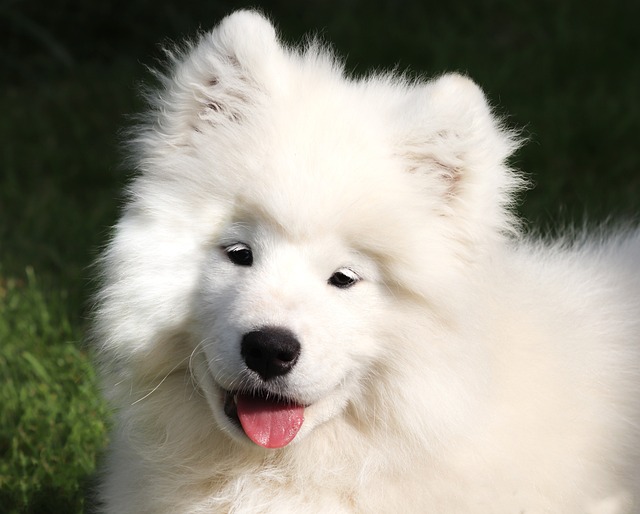Many dog owners notice that reddish-brown stain around their pup’s eyes or mouth and wonder how to tackle it without harsh products. That stain comes from porphyrin, a natural waste product in saliva and tears, and while it’s harmless, it can be unsightly—especially on light-colored breeds like Bichon Frises or Poodles. The good news is there are simple, natural ways to cut down on it, while staying on track with local pet care rules.
One easy step to reduce porphyrin in dogs naturally is keeping those areas clean gently. Use a soft, alcohol-free wipe (look for pet-safe options at local stores) to dab the stain once or twice a day—rubbing too hard can irritate their skin. Watch for signs your dog is wiping their face more, too; that might mean allergies are making tears worse, and addressing the trigger helps lower porphyrin buildup.
Diet tweaks work well too, especially adding omega-3 fatty acids. Mix a small spoonful of salmon oil into their food daily—omega-3s support skin and eye health, which can reduce excess tearing that leads to porphyrin stains. Just stick to pet-approved supplements; human products might have ingredients that aren’t safe for dogs, and following this keeps you aligned with regional pet nutrition guidelines.
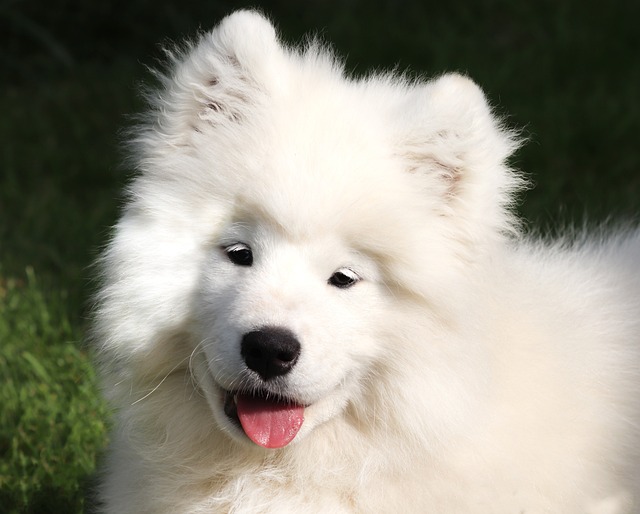 Another trick is adjusting their water source. Some tap water has minerals that can boost porphyrin production. Try giving your dog filtered or bottled water instead—many owners notice a difference in a few weeks. Also, keep their water bowl clean daily; stagnant water can harbor bacteria that worsen skin irritation, which often makes porphyrin more noticeable.
Another trick is adjusting their water source. Some tap water has minerals that can boost porphyrin production. Try giving your dog filtered or bottled water instead—many owners notice a difference in a few weeks. Also, keep their water bowl clean daily; stagnant water can harbor bacteria that worsen skin irritation, which often makes porphyrin more noticeable.
Always check with your vet first—this not only addresses underlying issues (like blocked tear ducts or infections) but also keeps you compliant with local pet care regulations, which often require professional guidance for ongoing health concerns. Natural methods take time, so be patient; most dogs show less staining within 4-6 weeks of consistent care.
By combining gentle cleaning, diet changes, and vet check-ins, you can reduce porphyrin in dogs naturally without risking their comfort. It’s about working with your dog’s body, not against it, and making sure every step follows the pet care standards your area requires—happy, healthy pups (and clean coats) are worth the effort.

 Another trick is adjusting their water source. Some tap water has minerals that can boost porphyrin production. Try giving your dog filtered or bottled water instead—many owners notice a difference in a few weeks. Also, keep their water bowl clean daily; stagnant water can harbor bacteria that worsen skin irritation, which often makes porphyrin more noticeable.
Another trick is adjusting their water source. Some tap water has minerals that can boost porphyrin production. Try giving your dog filtered or bottled water instead—many owners notice a difference in a few weeks. Also, keep their water bowl clean daily; stagnant water can harbor bacteria that worsen skin irritation, which often makes porphyrin more noticeable.